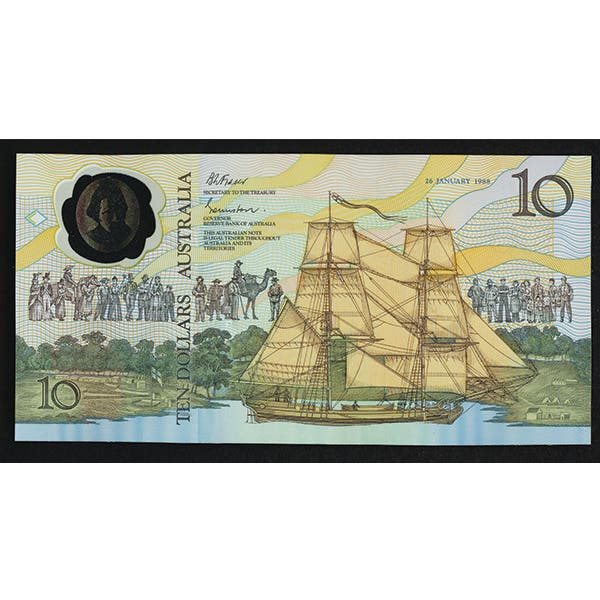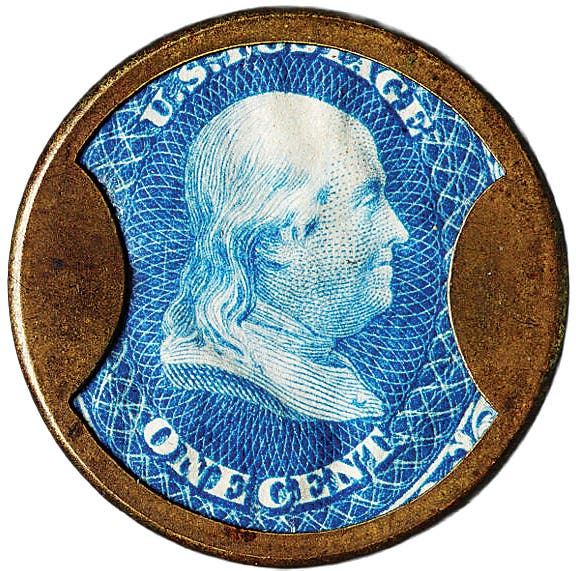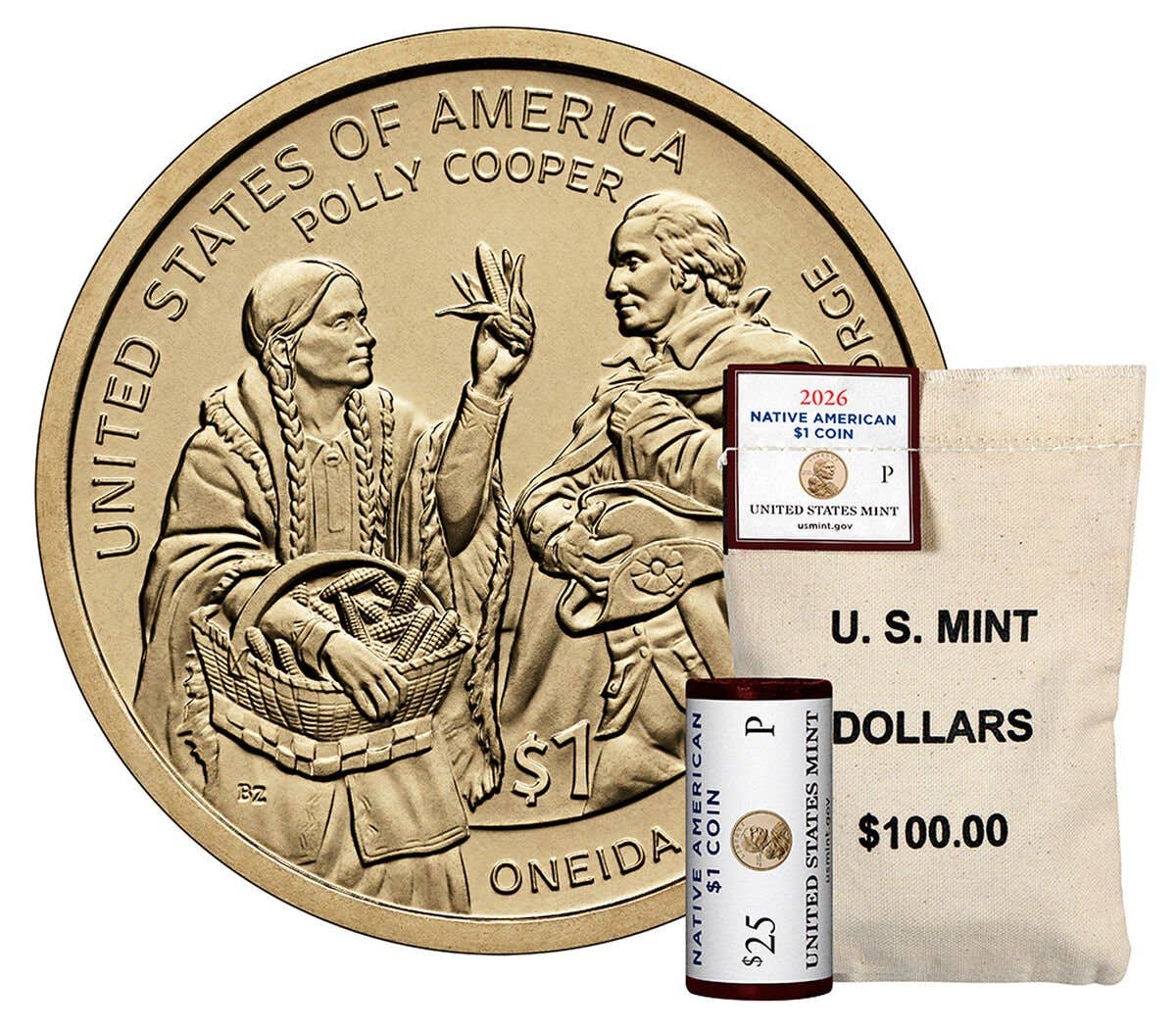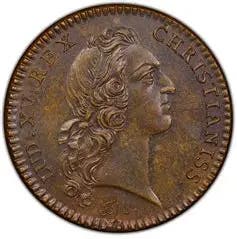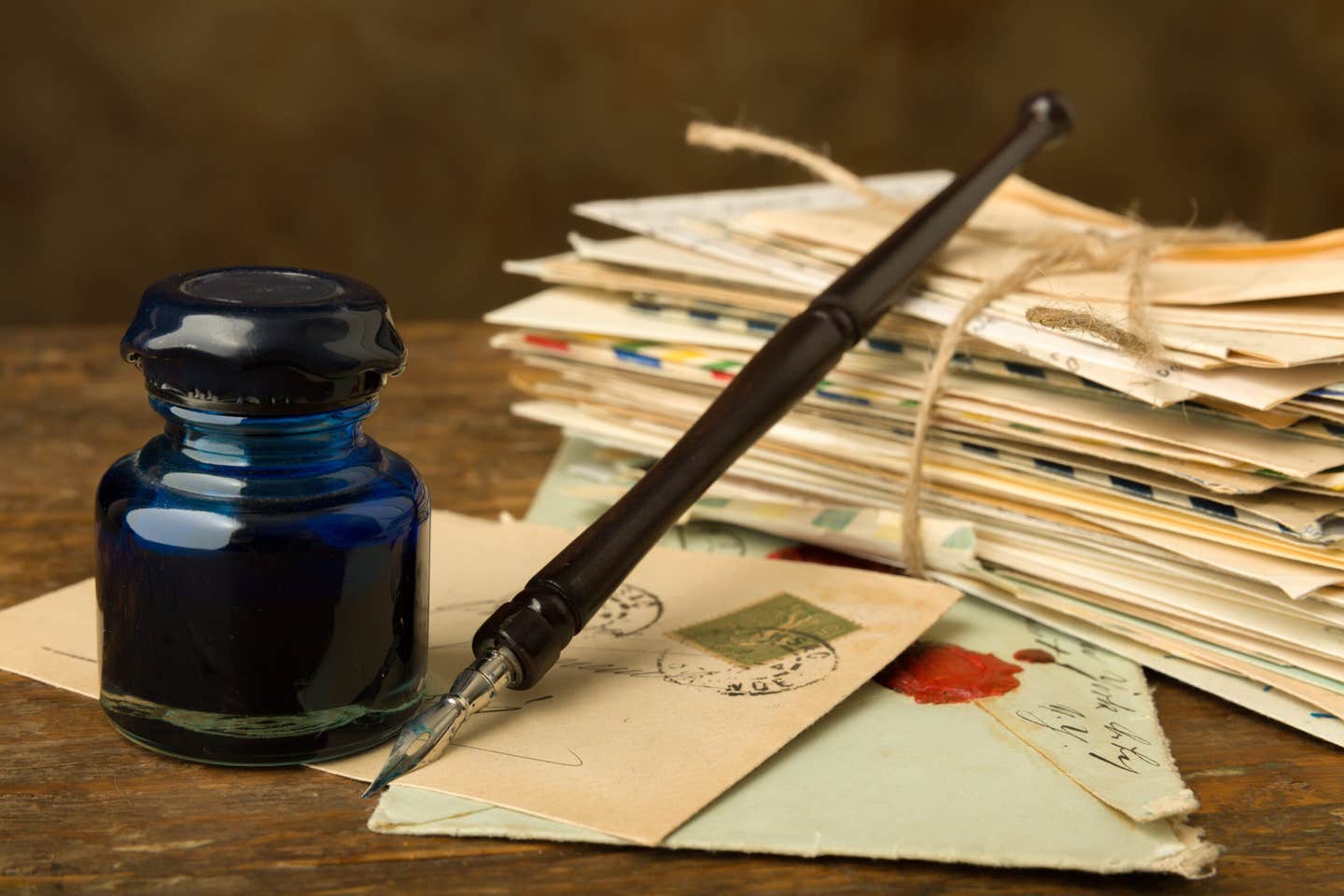1818 piece fantasy strike, not mule
Somewhere I read something about an 1818 quarter that had a large cent reverse. Was this a mule?
Somewhere I read something about an 1818 quarter that had a large cent reverse. Was this a mule?
This one is a bit difficult to label. Judd lists it (J-45) as a cent mule, with an 1818 quarter dollar die and a large cent reverse, and says it is “struck over a quarter dollar.” The unique coin was offered by Bowers and Ruddy in a 1976 fixed price list as a pattern cent (or quarter) with the additional information that it was struck over a Seated Liberty quarter (1838-1891) sometime in the 1858-1862 period. The obvious conclusion is that the piece is a fantasy, produced during the period when the Mint would make anything for anybody.
How many coins are in the Smithsonian collection?
A decades old figure of 850,000 was the best I could find. It is undoubtedly much larger by now. It compares with the half million coins in the Royal Dutch collection in the Hague, and the same size collection in the Vienna Kunst Museum. The Hermitage Museum in Leningrad has a collection of 1.4 million coins. Its collection began sometime before 1825.
I have a U.S. coin dated 1851. It is a silver dollar and it has an Indian head design. I can’t find it in any of my catalogs. Can you help me please?
This question came from the Czech Republic, but the same pieces are showing up here in the U.S. I’m sorry to disappoint this reader, but these are fantasy coins that are being made in Italy for sale to the tourists. A reader in Italy recently sent us copies of this piece and several other imitations. It appears to combine the obverse of an Indian Head cent with the gold dollar reverse.
In an old numismatic reference, I found mention of a planned sale by Parke-Bernet Galleries of New York of the Josiah K. Lilly coin collection. Did the sale ever come off?
Actually the “planned” sale was a ploy to get Congress to act on a bill that had been submitted to relieve the Lilly estate of a $5.5 million tax bill. Part of the agreement was that the superb collection go to the Smithsonian Institution. The estate was pushing, claiming it was costing $1,000 a day to keep the collection, but Congress procrastinated until May 1968. President Lyndon Johnson signed the bill into law on June 4, 1968, and within two weeks, the coins were delivered to the Smithsonian.
Like what you're reading? Subscribe to our FREE email newsletter![form id="27827"]
How do I go about learning how to grade a coin?
Buy the book. The ANA Official Grading Guide is available from most coin dealers. It is detailed enough so that the seemingly impossible task of learning how to grade becomes relatively easy. This book should be one of the first purchases when a person gets into the hobby. The best advice is to buy the book before you buy – or sell – a coin.
What kind of coins could I expect from a dealer’s ad that offers “average circulated” coins?
There is no set grade or specific definition for “average circulated.” It is entirely up to the dealer who is selling the coins, so it would be necessary to ask the dealer in order to find out what is being offered. As a general rule, you could expect to find most of the coins at the lower end of the grading scale, with an occasional better grade piece, the group averaging about fine.
Email inquiries only. Send to AnswerMan2@aol.com. Because of space limitations, we are unable to publish all questions.
More Coin Collecting Resources:
• Subscribe to our Coin Price Guide, buy Coin Books & Coin Folders and join the NumisMaster VIP Program




